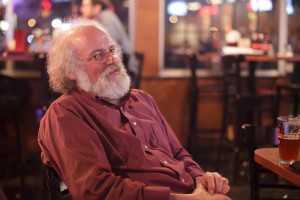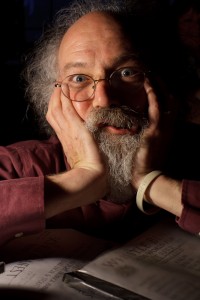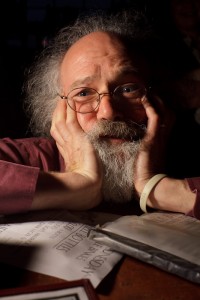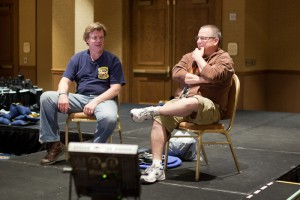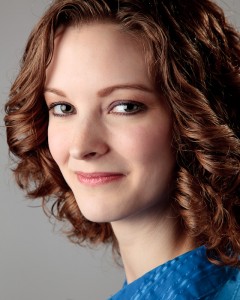I don’t remember exactly when I met John Cohn, but it’s been a while. I’m pretty sure it was while I was still in NY, and it was likely some time in the 1980s. The more I got to know John, the more I admired him. A while back, a photo of John’s late son, Sam, inspired my post about why we photograph.
John is an engineer – electrical or computer, probably doesn’t matter. He is unabashedly an engineer. He’s passionate about science and technology in way no one else I know is. He worries about how we will encourage young people to consider a career in engineering. So, he takes his passion and the fun he has into schools around his home in Vermont. But he doesn’t just talk, he entertains and does so in rather exciting, sometimes explosive, ways. Tesla coils, spud guns, glowing electrified pickles. A modified power chair – modified as in fast. Very fast.
Two years ago, John was part of the cast of Discovery Channel’s post-apocalyptic reality show, The Colony. He hoped to use that role as another positive message to young people about the value of engineering. (I know I’d want John in my colony if the need were to arise!)
John came to Rochester to do a couple presentations, meet with some folks, and help with the IBM 100th anniversary celebration here. I was excited to see him again, and I thoroughly enjoyed his inspirational talks. You walk out charged up as his excitement spills all over the audience.
Along with many other folks, I spent the evening at Whistle Binkies, a local bar and grill, with John. Lots of reminiscing and discussions about where-are-they-now, those many other colleagues we’ve all know over the years. As I prepared to leave for the bar, I grabbed my camera and trusty 50mm f/1.4 lens. John has a face with such character, I had to grab a few shots. But I had something in mind besides the low-light candids like the shot above. I wanted to – hoped to – capture some of that character if he wouldn’t mind.
After a bit, I pulled out my flash and sync cable, added a small Lumiquest diffuser, and waited for a moment when I could ask him to move in closer. My settings were adjusted to make the background go black, letting me put the light where I wanted it.
John happily obliged me and gave me a look that was all John. If it were just me and him, I’d have probably asked him to give me something more of a semi-traditional pose. But this shot captures John and who he is.
A couple more quick snaps, and we see the man running all day on three hours sleep. And I’m happy to have had the opportunity to spend some time with him, to toast beers, and to grab a photo or two. As he explained in a talk today, you have to take your passion and put it out there. Give it to the world. And, frankly, the photos in my head aren’t ones I can share until they materialize in the camera.
